The Wheel of Time novella
Extraits

Histoire et Philosophiesophie
The Undergrowth of Science. Delusion, self-deception and human frailty
01/2000

Autres collections (9 à 12 ans
Les enquêtes de Tom et Lola : Le mystère du kidnapping de la princesse. Edition bilingue français-anglais
11/2021
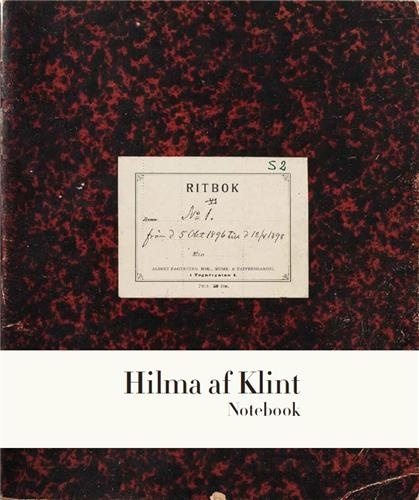
Monographies
Hilma af Klint. The Five Notebook 1
01/2022

Sciences politiques
The Structure of Political Communication in the United Kingdom, the United States and the Federal Republic of Germany
11/1987
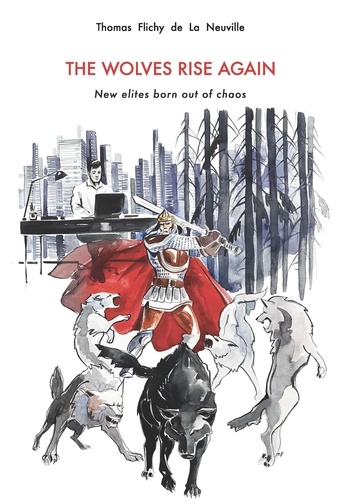
Ethnologie et anthropologie
The Wolves Rise Again. New elites born out of chaos
06/2022
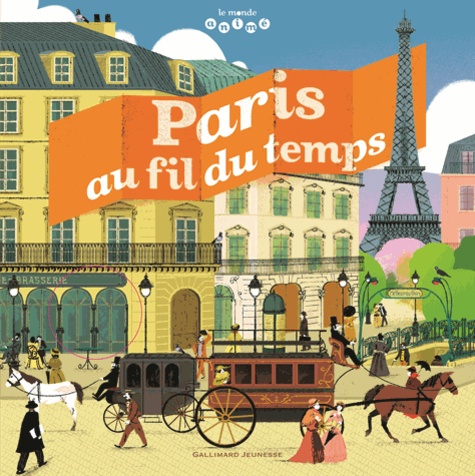
Documentaires jeunesse
Paris au fil du temps
05/2015

BD jeunesse
Clifton Tome 8 : Sir Jason
06/2018
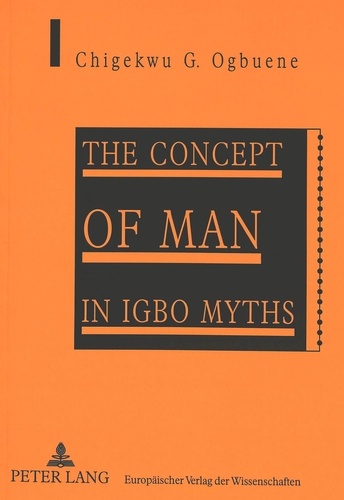
Non classé
The Concept of Man in Igbo Myths
11/1999
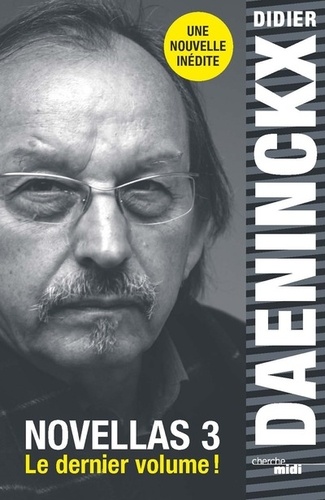
Littérature française
Novellas. Tome 3
10/2017
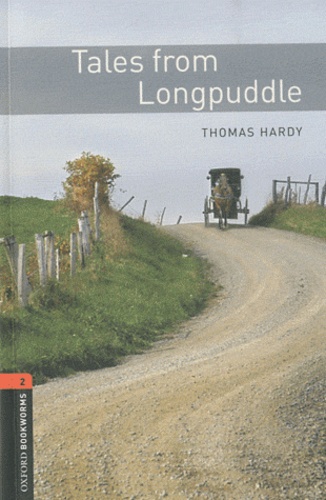
Anglais apprentissage
Tales from Longpuddle
07/2010
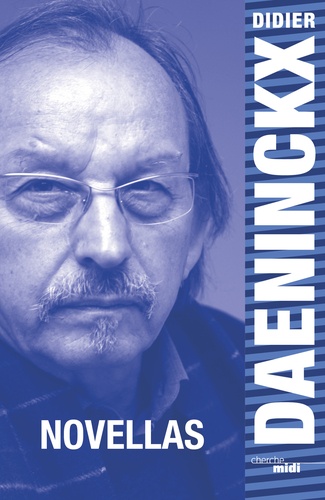
Littérature française
Novellas
05/2015
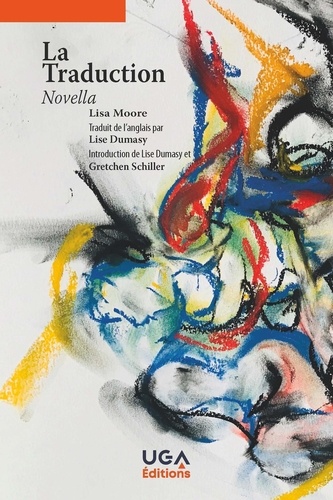
Littérature anglo-saxonne
La traduction. Novella
01/2022

Histoire et Philosophiesophie
Thinking about Physics
01/2000
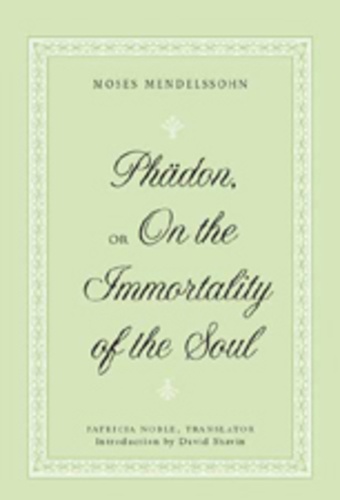
Philosophie
«Phädon», or «On the Immortality of the Soul»
12/2006
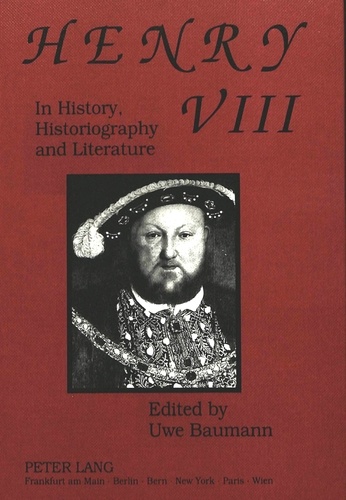
Non classé
Henry VIII in History, Historiography and Literature
01/1993

Lecture 6-9 ans
L'énigme du sabre. Edition bilingue français-anglais
06/2018
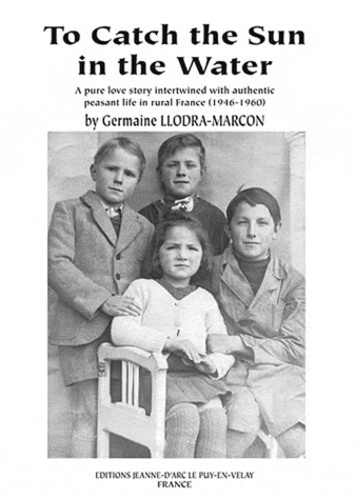
Critique littéraire
To catch the sun in the water
07/2001

Non classé
Living in Two Worlds
05/1994
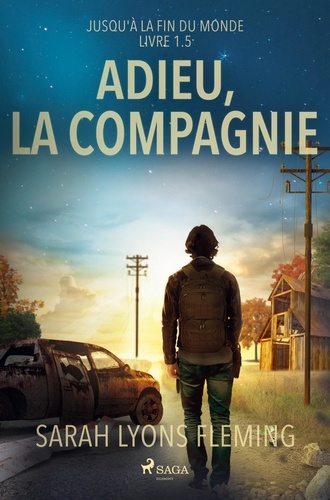
Littérature française
Adieu, la compagnie - Livre 1.5. 1
02/2023
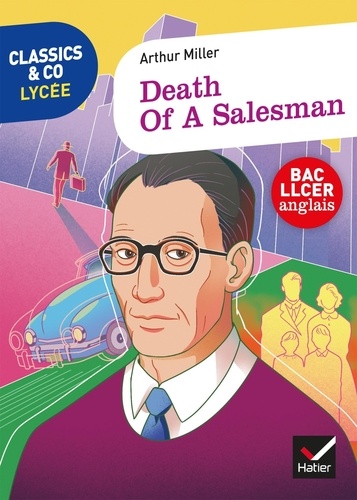
Lectures graduées
Death of a Salesman
08/2021

Informatique
Flash .Net. Dynamic content for designers with Flash remoting MX and ASP.NET
11/2002
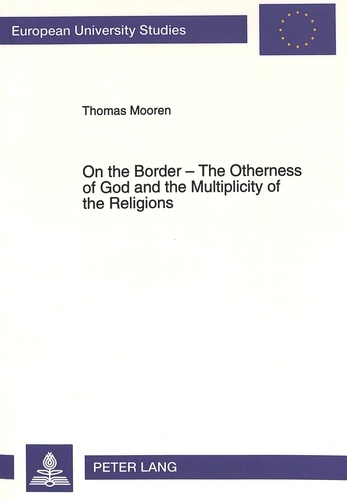
Histoire internationale
On the Border - The Otherness of God and the Multiplicity of the Religions
01/1994
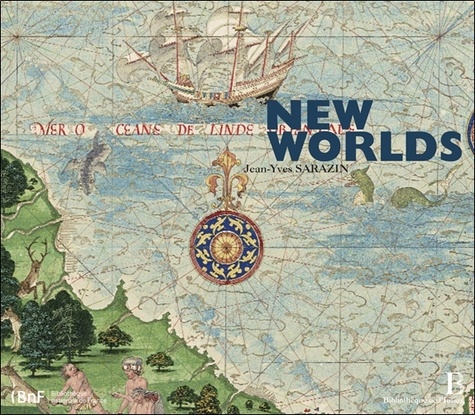
Beaux arts
New worlds
10/2012

Mouvements artistiques
Frank Auerbach. The Charcoal Heads
03/2024

Critique littéraire
Ancient Greek by Its Translators
02/2022
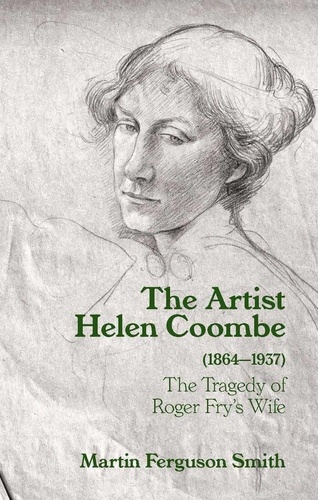
Mouvements artistiques
The Artist Helen Coombe (1864–1937). The Tragedy of Roger Fry's Wife
11/2023
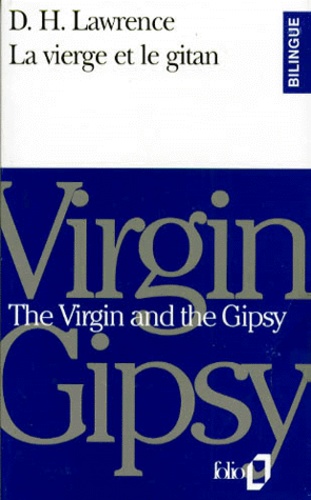
Anglais apprentissage
LA VIERGE ET LE GITAN : THE VIRGIN AND THE GIPSY
02/1993
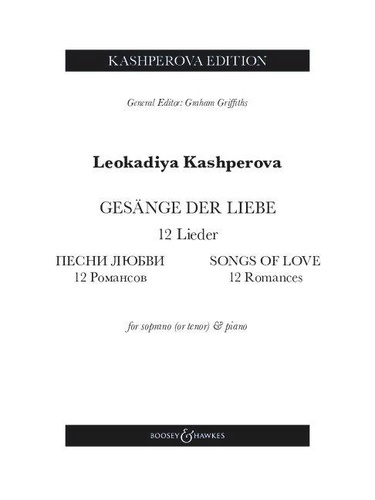
Musique classique
Songs of Love. 12 Romances. 12 Lieder. Soprano (tenor) and piano.
12/2023
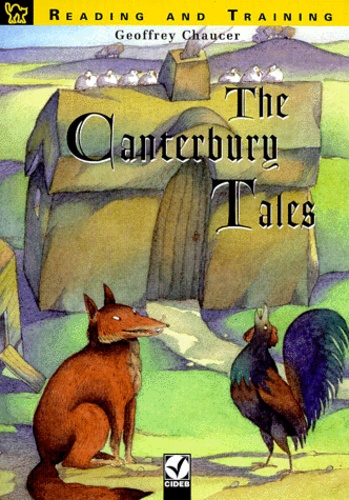
Anglais apprentissage
THE CANTERBURY TALES. Avec cassette audio
06/1999

Tourisme étranger
Moroccan tracks Volume 11. The sagho djebel
08/2022
